Does Coconut Oil Get Rid Of Lice?
There is more than one way to use this oil to get rid of those pesky bugs in your hair.
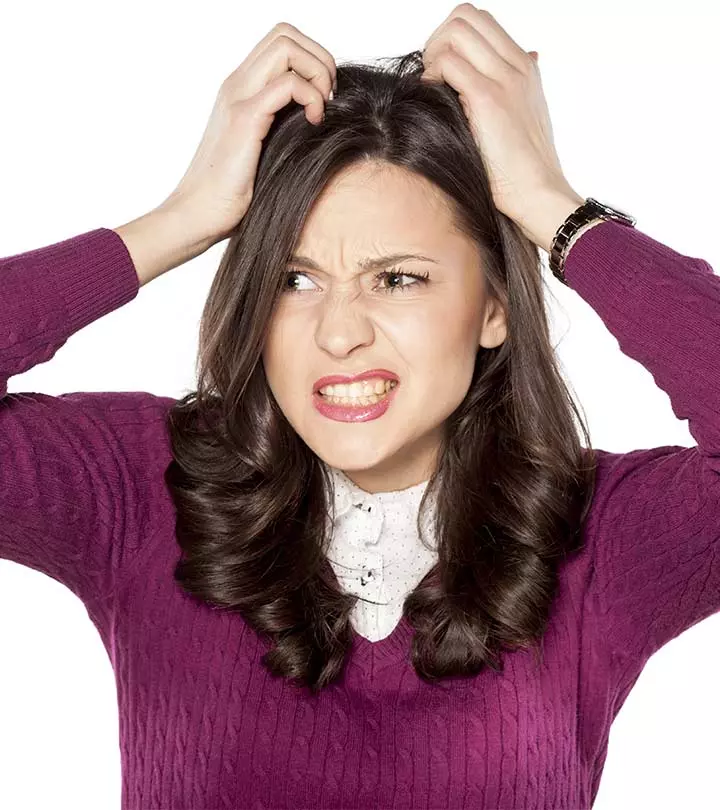
Image: Shutterstock
Are you looking for natural alternatives to fight lice infestation? Try coconut oil to get rid of lice in an instant. There is science-backed evidence that this technique works effectively. Before you reach out to medicated shampoos, try using coconut oil as it is gentler on the skin. In this article, we walk you through how to use coconut oil to fight the nasty head lice that are wreaking havoc on your scalp health. Keep reading.
In This Article
What Is The Cause Of Lice Infestation?
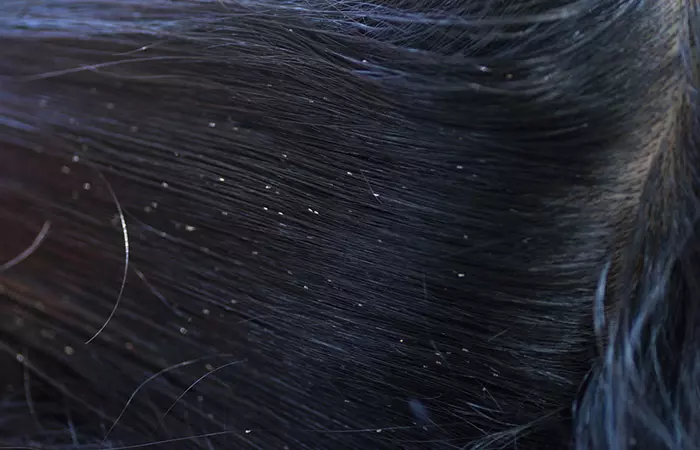
Head lice are parasitesi Organisms that live and feed on other creatures and gain nutrients at the expense of the other. that tend to take up residence on people’s heads. A head lice infestation is medically known as pediculosis, derived from the scientific name of head louse, Pediculus humanus capitis.
A common misconception is that head lice can be contracted from indirect contact with someone who has lice. Lice can be contracted only from direct contact as they can only survive by feeding on blood (1). They cannot survive on objects without blood. But as a safety precaution, it is suggested not to use others’ scarves, combs, and other hair accessories.
Another misconception is head lice are the same as body lice. Body lice are often passed to the body by clothes or beds, unlike head lice, which need blood to survive (2).
- Coming in close personal contact with someone who has head lice can cause them to transfer from their head to yours, which could include hugging them, sitting close to them, sleeping next to them, etc. This is the reason lice spread quickly among school-going kids as they are in close quarters together and play with each other for several hours a day (3).
- Sharing clothing, such as hats, caps, scarves (basically stuff that comes pretty close to your head), or hair brushes with someone who has head lice won’t lead to you getting it. But if a nit (unhatched lice) was transferred from the infected person to the item and then subsequently used, there are chances that you might experience a lice infestation. Hence, to be on the safe side, avoid using them.
- Lying on a bed, pillow, or sofa that has been used by someone with head lice in the last 24 hours may lead to a lice infestation.
According to a survey by CDC, head lice infestations are common in the United States, particularly among children between 3 to 11 years. The report suggests that between 6 million and 12 million kids are affected by infestation and that girls are more susceptible to getting head lice than boys because of the frequency of head-to-head contact. Head lice infestation is less common in African-Americans in the US as compared to other races.
It may be embarrassing if you are a grown adult who has got infested with head lice. And it’s also pretty easy to get grossed out by someone who has them. But one thing you should remember is that having head lice is not a sign of poor hygiene. It happens to the best of us, and it’s better to start treating the problem as quickly as you can instead of wasting time feeling embarrassed or being judgmental. The easiest way to do so is with coconut oil!
 Trivia
TriviaKey Takeaways
- The thick consistency of coconut oil may suffocate the lice and eggs.
- The viscous coconut oil may prevent the lice from spreading too.
- It contains fatty acids, which make the hair strands slippery thus making it difficult for the lice to grasp the strands.
- You can also combine ingredients like apple cider vinegar, tea tree oil, or lemon juice along with coconut oil.
Why You Should Use Coconut Oil To Get Rid Of Lice?

Anecdotal evidence suggests that coconut oil has been used for generations as a natural remedy for head lice. In many tropical regions, families have traditionally relied on coconut oil to treat scalp issues, including lice infestations. Historical practices often involved massaging warm coconut oil into the scalp, leaving it overnight, and then combing out the lice the next morning. This time-tested method was favored not only for its effectiveness but also for its nourishing properties. But is there scientific proof to support these claims?
Studies were undertaken to check if coconut oil was effective in getting rid of lice. One study done in Israel found that a mixture of coconut, anise, and ylang-ylang oils was highly effective in treating louse infestations and did not cause any side effects. Among the 119 randomly treated children, the natural remedy worked for 92.3% (4).
Another study conducted in the UK concluded that a coconut and anise oil spray could be a much more effective treatment for lice than permethrin solution (5).
Another study showed that coconut oil mixed with custard apple seeds may help eliminate 98% of lice (6). According to this study, a cream made from the seed extract killed about 94.5% of lice within three hours and remained stable for at least a year. Researchers identified a triglyceride with one oleate ester as the key active compound. When mixed with coconut oil, this compound killed all lice in 11 minutes, while the crude extract took 30 minutes. Therefore, coconut oil in combination with other ingredients is an excellent choice to eliminate lice.
But how does coconut oil work to get rid of lice? There are three main reasons for this.
First, its thick consistency helps suffocate the eggs and lice, permanently killing them (7).
Second, because coconut oil is viscous, it prevents the lice from transferring onto clothes and furniture, thus helping with the prevention of lice spreading to other people.
Third, it contains fatty acids, like capric acid, lauric acid, and caprylic acid, that make your hair strands slippery and challenging for the lice to grasp and easy for you to comb them out.
Coconut oil may be preferred over other lice treatments because it is a natural remedy with fewer chemicals. This makes it gentler on the scalp and cost-effective compared to many commercial lice treatments.
But perhaps the most important reason for using coconut oil for lice treatment is the fact that it’s an all-natural remedy that offers the added benefit of conditioning your hair and making it smoother and overall healthier (8).
It can also penetrate the hair shaft, hydrating hair from within, all the way to the cortexi The middle layer of the hair that provides hair strength, color, and texture to the hair strands. , and reduces photodamagei Damage caused to the hair due to excess sun exposure, which often manifests as bleaching. and protein loss (9). Coconut oil also helps soothe the scalp infection. The chemical-based lice treatments that you get in drugstores, on the other hand, may damage hair follicles and also cause side effects like nausea, diarrhea, and blurred vision if ingested.
 Did You Know?
Did You Know?There are a ton of ways that you can use coconut oil to get rid of lice. Let’s look at some of them.
How To Use Coconut Oil To Get Rid Of Lice
While coconut oil on its own works great in getting rid of head lice, you can mix it with a few other ingredients to increase its effectiveness and give your hair a nourishing boost.
1. Just Plain Ol’ Coconut Oil
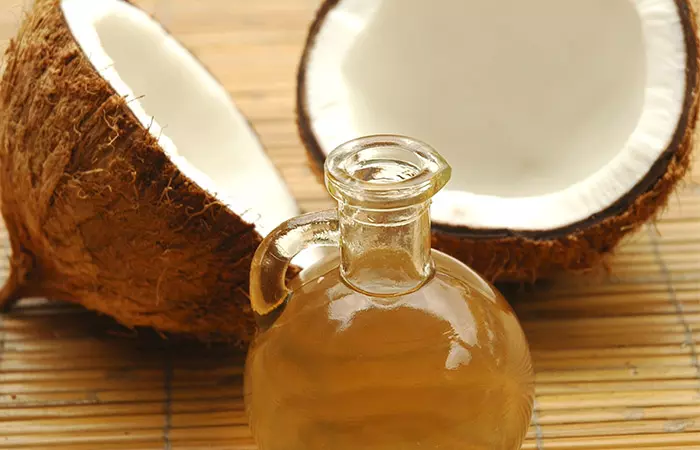
As discussed earlier, coconut oil is a potent lice treatment. And it’s easy to use.
How To Use
- Apply coconut oil all over your hair and massage it into your scalp.
- Wrap a towel around your head and leave it on for an hour.
- Remove the towel and comb out the lice and eggs with a nit comb.
- Wash your hair with a shampoo and conditioner.
2. Coconut Oil And Apple Cider Vinegar For Lice Treatment
Coconut oil and apple cider vinegar may sound like a strange combination, but they work well together to get rid of lice. There are proven benefits of using apple cider vinegar for head lice. ACV contains acetic acid and antimicrobial properties that kill the insects and prevent them from spreading (10).
How To Use
- Mix equal amounts of coconut oil and apple cider vinegar, making sure you have enough of the mixture to apply all over your hair.
- Apply the mixture all over your hair and massage it into your scalp.
- Put on a shower cap and leave it on for 15 minutes.
- Comb out the lice and eggs with a nit comb.
- Shampoo and condition your hair.
3. Tea Tree Oil And Coconut Oil For Lice Treatment
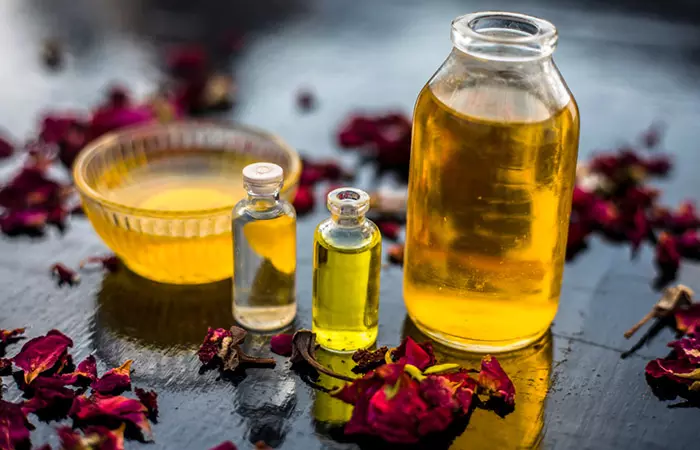
Tea tree oil is a natural ingredient that works as a potent antibacterial and insecticidei Any toxic substance used to kill insects; usually used to control pests, parasites, and disease-carrying insects in specific areas (11). A study showed that tea tree oil killed 100% of head lice within 30 minutes (12). Therefore, using tea tree oil for lice is a practical and effective choice. It pairs perfectly with coconut oil to get rid of lice.
How To Use
- Mix five drops of tea tree oil with two tablespoons of coconut oil.
- Apply this oil mixture all over your hair and massage it into your scalp.
- Put on a shower cap and leave it on overnight.
- The next morning, blow dry your hair over the shower cap to suffocate the lice.
- Remove the shower cap and comb out the lice and eggs with a nit comb.
- Shampoo and condition your hair.
4. Coconut Oil And Garlic
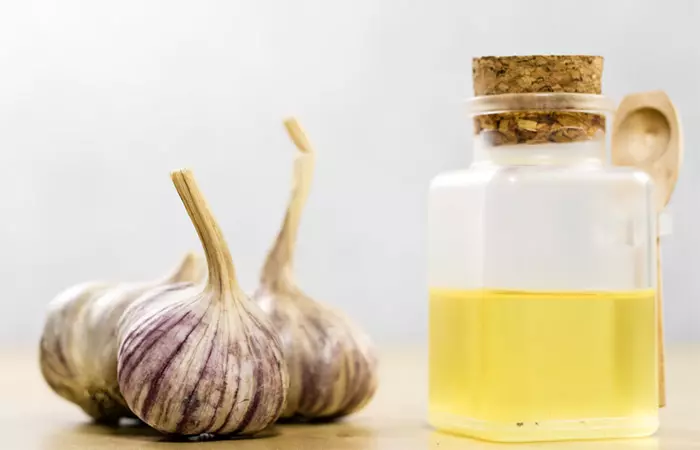
Using essential oils for head lice prevention along with garlic and coconut oil may seem too smelly for some people. However, garlic works as a tremendous antiparasitic and antifungal agent that helps in getting rid of lice, especially when mixed with coconut oil (13). A study done in Saudi Arabia showed that garlic juice caused 100% mortality for head lice within 90 minutes (14).
How To Use
- Mix one tablespoon of garlic juice with two tablespoons of coconut oil.
- Apply this mixture to your hair and scalp.
- Put on a shower cap and leave it on for an hour.
- Remove the shower cap and comb out the lice and eggs with a nit comb.
- Wash your hair with a shampoo and conditioner.
5. Coconut Oil, Lemon Juice, And Green Tea
While the coconut oil makes your hair too slippery for the lice to latch on, the acidity of the lemon juice makes an inhospitable environment for them (15), (16). Green tea counteracts the harshness of the lemon juice and has anti-lice properties. Studies show its extracts can effectively kill lice and prevent eggs from hatching. The microwave-prepared extract, in particular, was found most potent, achieving 100% lice mortality at 20% concentration and stopping nits from hatching for 12 days (17).
How To Use
- Mix a tablespoon each of coconut oil, lemon juice, and green tea.
- Apply this mixture to your hair and massage it into your scalp.
- Put on a shower cap and leave it on for an hour.
- Comb out the lice and eggs with a nit comb before washing your hair.
6. Camphor And Coconut Oil For Lice Treatment
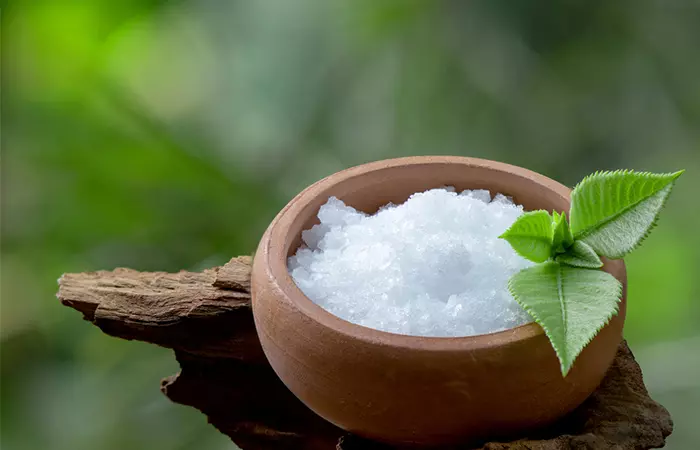
Coconut oil helps suffocate the lice and makes them numb. Camphor has cooling properties. It also has a local anesthetic effect that makes it suitable to deal with the skin irritation associated with lice (18).
How To Use
- Combine 1 tablespoon of crushed camphor with 2 tablespoons of coconut oil.
- Mix both the ingredients thoroughly to achieve a smooth consistency.
- Apply the concoction to your scalp.
- Wear a shower cap and leave it to rest for five hours or overnight.
- Use a nit comb to remove the lice and eggs the following morning.
- Wash your hair with lukewarm water and a gentle shampoo.
Disclaimer: While using coconut oil to get rid of lice is a natural and gentle option, it may not be suitable for everyone. Its thick, oily texture can make application messy and leave hair feeling greasy, which some individuals may find uncomfortable. Though rare, some people may experience scalp sensitivity or mild allergic reactions. It is recommended to perform a patch test before the full application. If irritation occurs, discontinue use and consult a healthcare professional. Additionally, some individuals may find the strong smell of coconut oil unpleasant. It’s important to consider these factors before choosing coconut oil as a lice treatment.
Infographic: Most Effective Ways To Remove Lice With Coconut Oil
Coconut oil is an excellent solution to get rid of lice. However, you can increase its potency by mixing a few ingredients that may kill head lice. While all the remedies discussed above will help you kill those parasites, some can give you faster results. Check out the infographic below to learn which are the most effective recipes you can use to eradicate lice along with coconut oil. Illustration: StyleCraze Design Team
Having head lice when you are an adult can embarrass and hamper your social life. Thankfully, coconut oil is here to save the day. Yes, you can use coconut oil to get rid of lice. The thick consistency of coconut oil suffocates head lice and their eggs. It also prevents lice from transferring onto your clothes. Coconut oil contains fatty acids that make it difficult for the lice to hang on your hair strands. Apart from this, it greatly improves your hair health and conditions the strands. You can use plain coconut oil or pair it with other ingredients such as apple cider vinegar, tea tree oil, garlic, lemon juice, and green tea to get rid of lice.
Frequently Asked Questions
What if the lice remain after treatment?
Coconut oil may not work for everyone. If lice remain after treatment, repeat the process or use a different method, like a medicated lice treatment. You can also use a fine-toothed comb to remove lice and nits. If the problem continues, consult a doctor for other options.
Do lice jump from person to person?
No, lice cannot jump from person to person. They spread when the person with lice gets in close contact with another person or shares a comb, clothes, hat, pillow, etc. with them.
How do lice spread?
Lice spread when an infected person comes in direct or indirect (through clothes, furniture) contact with non-infested persons.
How do you know if you have lice or dandruff?
If you can see white nit eggs that are stuck to your hair shaft, you have lice. If your scalp has turned white or yellow, is scaly in texture, and white flakes are falling off of it every time you touch your hair, you have dandruff. Here’s a detailed explanation of lice vs. dandruff.
Can lice make my scalp/head smell bad?
No, lice cannot make your scalp/head smell bad.
How long does it take for coconut oil to kill lice?
Anecdotal evidence suggests that it takes 8 hours for coconut oil to suffocate lice. However, more research needs to be done to understand this effect.
Are lice more active at night?
Yes, head lice are most active at night, which can result in itching and trouble sleeping (19). You can apply coconut oil and leave it on overnight to soothe the itching and suffocate the lice.
Can coconut oil prevent lice from returning?
Coconut oil may help deter lice due to its slippery texture, but it’s best to combine it with other preventative measures, like avoiding close contact and keeping hair clean.
Discover the advantages of using coconut oil for lice infestation. Watch the video below to understand the reasons why you should incorporate this safe and natural remedy in your hair care regime.
References
Articles on StyleCraze are backed by verified information from peer-reviewed and academic research papers, reputed organizations, research institutions, and medical associations to ensure accuracy and relevance. Read our editorial policy to learn more.
- Meister, Laura, and Falk Ochsendorf. “Head Lice.” Deutsches Arzteblatt international 113,45 (2016): 763-772.
https://www.ncbi.nlm.nih.gov/pmc/articles/PMC5165061/ - Sangaré, Abdoul Karim et al. “Management and Treatment of Human Lice.” BioMed research international 2016 (2016): 8962685.
https://www.ncbi.nlm.nih.gov/pmc/articles/PMC4978820/ - Informed.org [Internet]. Cologne, Germany: Institute for Quality and Efficiency in Health Care (IQWiG); 2006-. Head lice: Overview. 2008 Mar 5 [Updated 2018 Dec 13].
https://www.ncbi.nlm.nih.gov/books/NBK279329/ - Mumcuoglu, Kosta Y et al. “The in vivo pediculicidal efficacy of a natural remedy.” The Israel Medical Association journal : IMAJ 4,10 (2002): 790-3.
https://pubmed.ncbi.nlm.nih.gov/12389342/ - Burgess, I.F., Brunton, E.R. & Burgess, N.A. Clinical trial showing superiority of a coconut and anise spray over permethrin 0.43% lotion for head louse infestation, ISRCTN96469780. Eur J Pediatr169, 55 (2010).
https://link.springer.com/article/10.1007/s00431-009-0978-0 - Gritsanapan, W., J. Intaranongpai, and W. Chavasiri. “Active anti-head lice component from custard apple seed.” Planta Medica11 (2006): S_006.
https://www.thieme-connect.com/products/ejournals/abstract/10.1055/s-2006-949739 - Heukelbach, Jörg, et al. “Natural Products and Their Application to the Control of Head Lice: An Evidence-Based Review.” Chemistry of Natural Products : Recent Trends & Developments, 2006: ISBN: 81-308-0140-X .
https://www.semanticscholar.org/paper/Natural-products-and-their-application-to-the-of-an-Heukelbach-Speare/154e8b202056bcc5098d2fb2ec50ee810fb4e910?p2df - Zaid, Abdel Naser et al. “Ethnopharmacological survey of home remedies used for treatment of hair and scalp and their methods of preparation in the West Bank-Palestine.” BMC complementary and alternative medicine 17,1 355.
https://www.ncbi.nlm.nih.gov/pmc/articles/PMC5499037/ - Rele, Aarti S, and R B Mohile. “Effect of mineral oil, sunflower oil, and coconut oil on prevention of hair damage.” Journal of cosmetic science 54,2 (2003): 175-92.
https://pubmed.ncbi.nlm.nih.gov/12715094/ - Yagnik, Darshna et al. “Antimicrobial activity of apple cider vinegar against Escherichia coli, Staphylococcus aureus and Candida albicans; downregulating cytokine and microbial protein expression.” Scientific reports 8,1 1732.
https://www.ncbi.nlm.nih.gov/pmc/articles/PMC5788933/ - Carson, C F et al. “Melaleuca alternifolia (Tea Tree) oil: a review of antimicrobial and other medicinal properties.” Clinical microbiology reviews 19,1 (2006): 50-62.
https://www.ncbi.nlm.nih.gov/pmc/articles/PMC1360273/ - Di Campli, Emanuela et al. “Activity of tea tree oil and nerolidol alone or in combination against Pediculus capitis (head lice) and its eggs.” Parasitology research 111,5 (2012): 1985-92.
https://pubmed.ncbi.nlm.nih.gov/22847279// - Pai, S T, and M W Platt. “Antifungal effects of Allium sativum (garlic) extract against the Aspergillus species involved in otomycosis.” Letters in applied microbiology 20,1 (1995): 14-8.
https://pubmed.ncbi.nlm.nih.gov/7765862// - Al-Zanbagi, Najia A, and Dina F Al-Hashdi. “In Vitro Investigation of Allium Sativum as Anti-Head Lice in Jeddah, Saudi Arabia.” Worldwide Journals.
https://www.worldwidejournals.com/international-journal-of-scientific-research-(IJSR)/recent_issues_pdf/2016/May/May_2016_1492767326__207.pdf - Heukelbach, Jorg & Speare, Rick & Canyon, Deon. (2006). Natural products and their application to the control of head lice: An evidence-based review.
https://www.researchgate.net/publication/235419608_Natural_products_and_their_application_to_the_control_of_head_lice_An_evidence-based_review - Shrivastava, Vivek, Lipi Purwal, and U. K. Jain. “In vitro pediculicidal activity of juice of Citrus limon.” Int J Pharm Tech Res3 (2010): 1792-1795.
https://www.semanticscholar.org/paper/In-vitro-pediculicidal-activity-of-juice-of-Citrus-Shrivastava-Purwal/afbd5d71aadc25b44f4c4814baa052cfa5a84e77 - Sherwani, Sikandar Khan, et al. “Anti head lice activity of Camellia sinensis (Green tea) aqueous decoction, infusion and microwave assisted crude extracts.” Journal of Pharmacognosy and Phytochemistry4 (2013).
https://www.semanticscholar.org/paper/Anti-head-lice-activity-of-Camellia-sinensis-(Green-Sherwani-Ahmad/7769c4cc3e9161a94e7416c206ee18728b98353 - Safety of Topical Medications for Scabies and Lice in Pregnancy
https://www.ncbi.nlm.nih.gov/pmc/articles/PMC5122270/ - Head Lice: Overview
https://www.ncbi.nlm.nih.gov/books/NBK279329/
Read full bio of Shantella Rios
Read full bio of Anjali Sayee
Read full bio of Eshna Das
Read full bio of Krati Darak






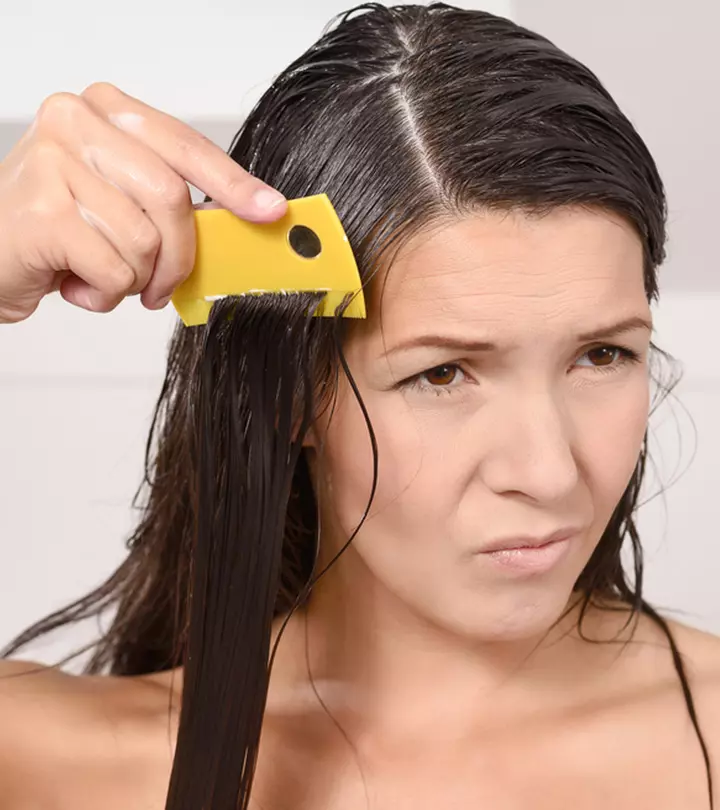
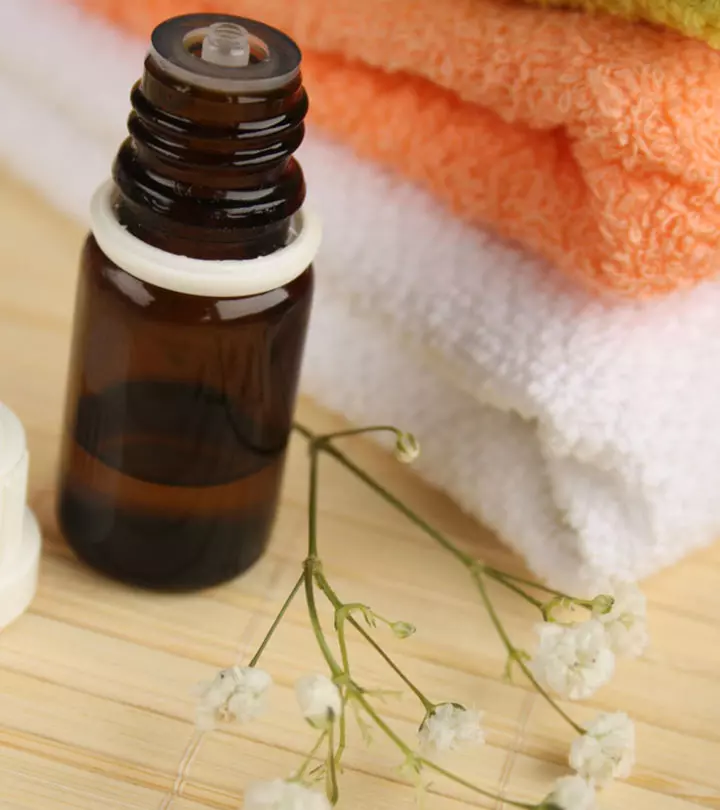

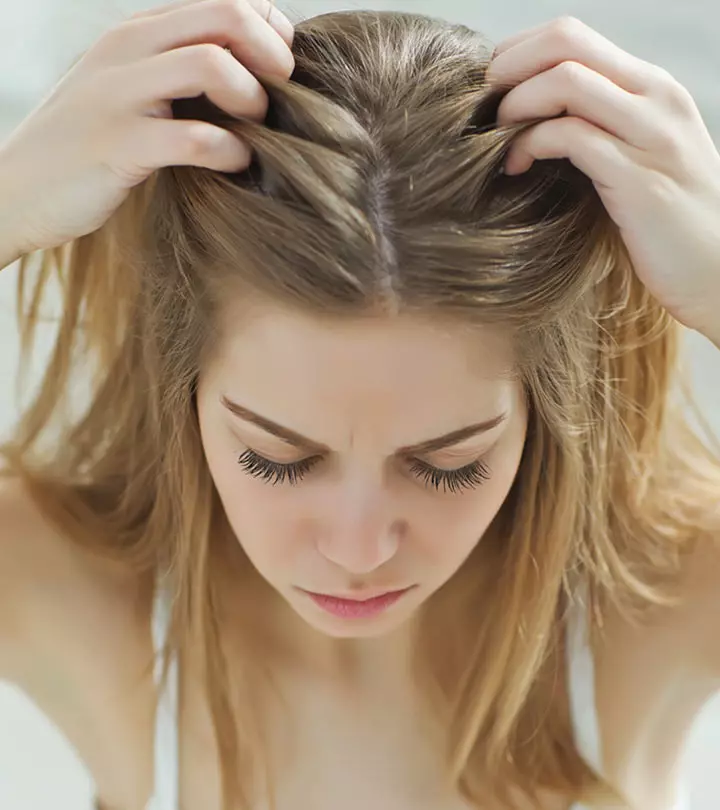
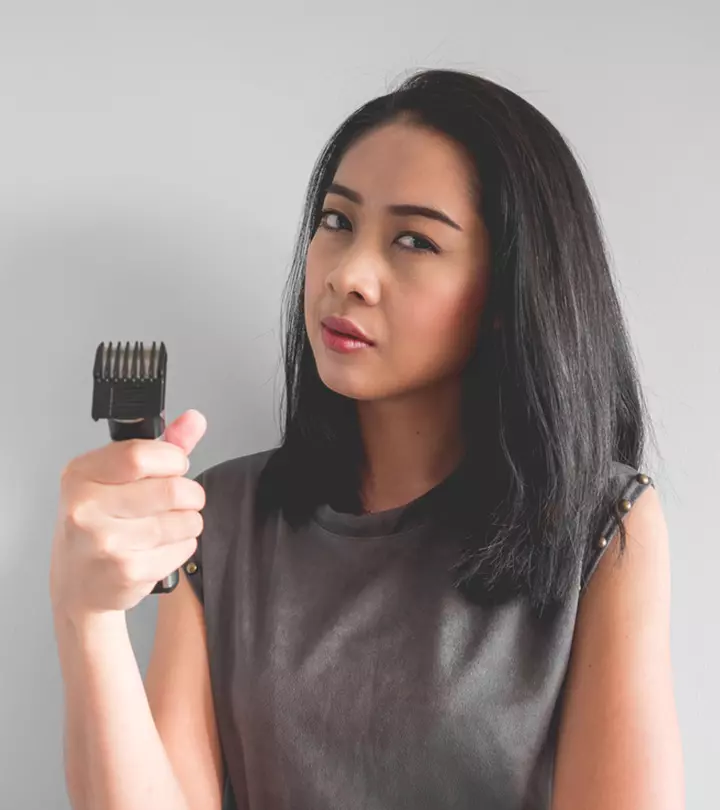
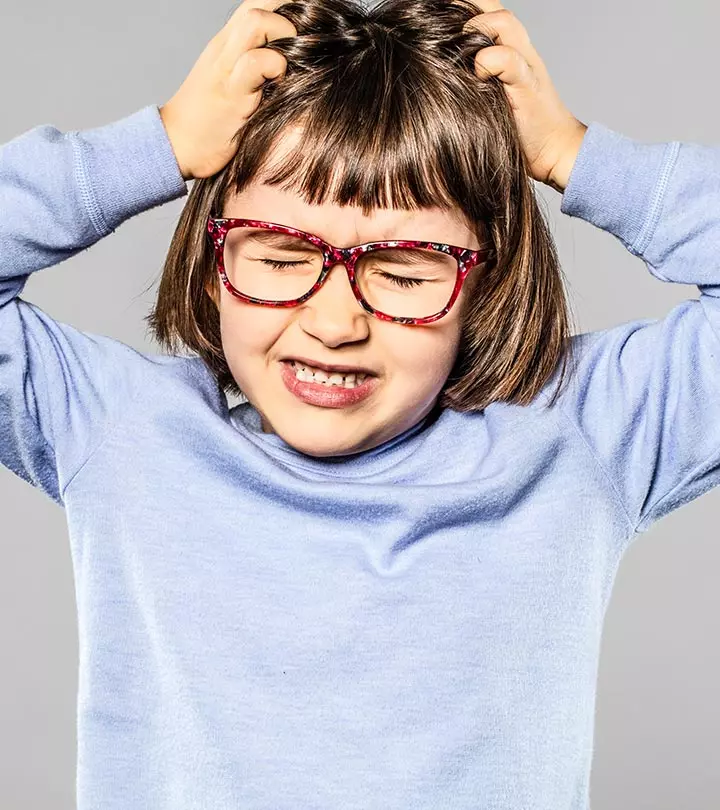

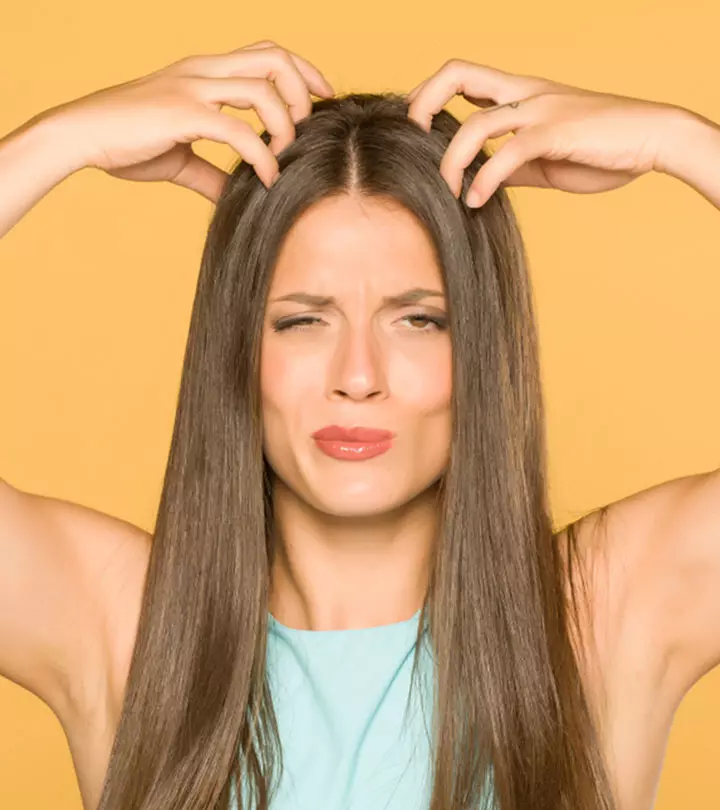

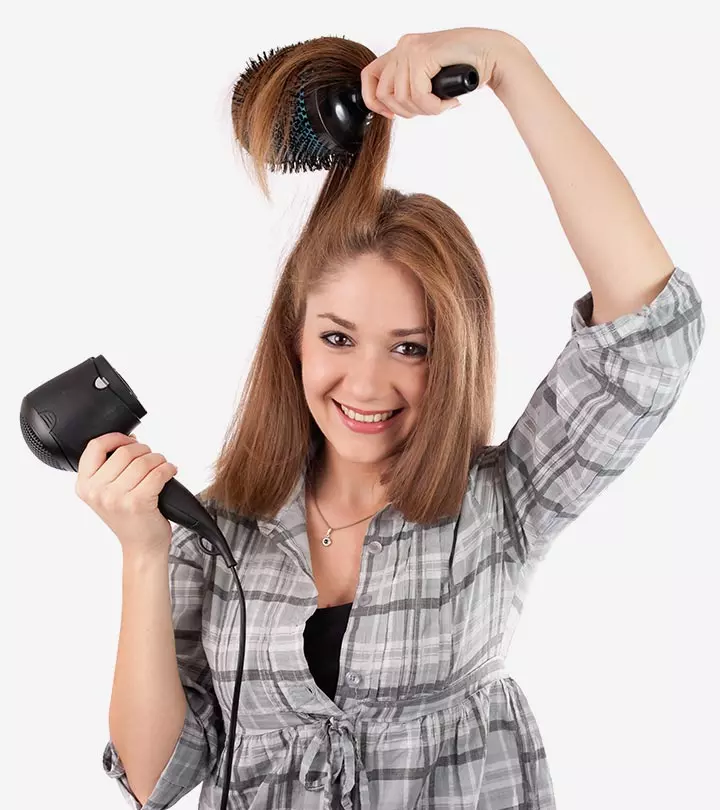

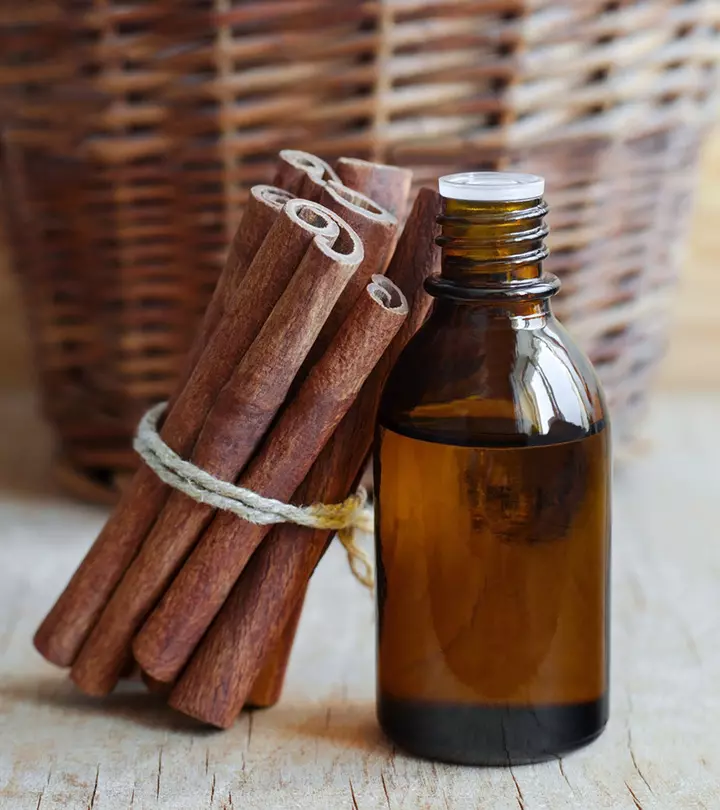
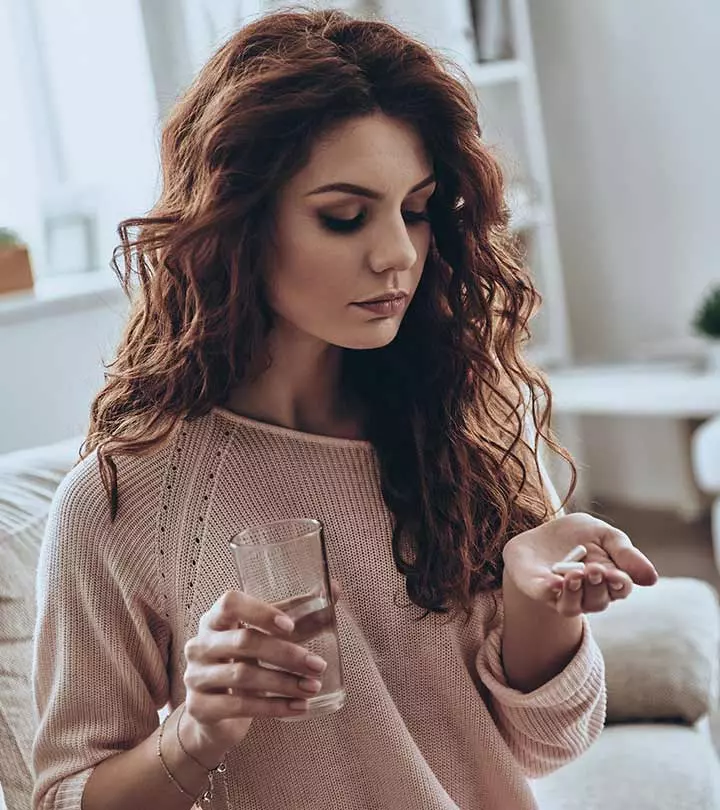

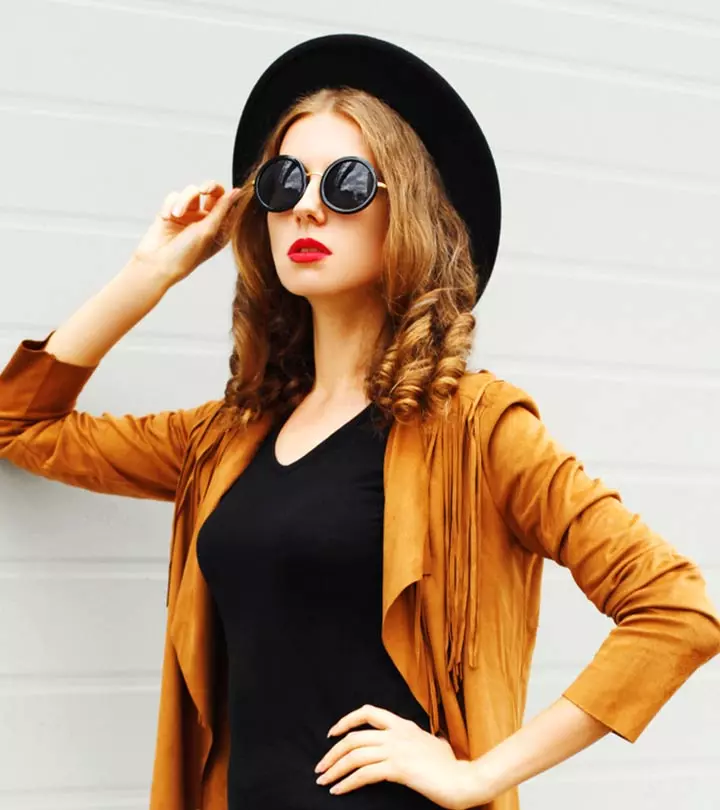

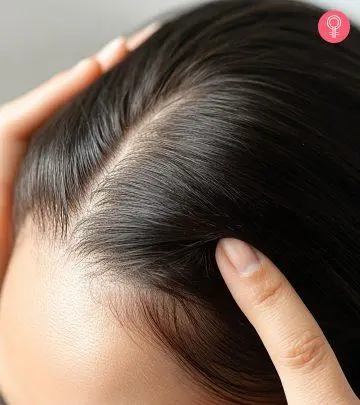
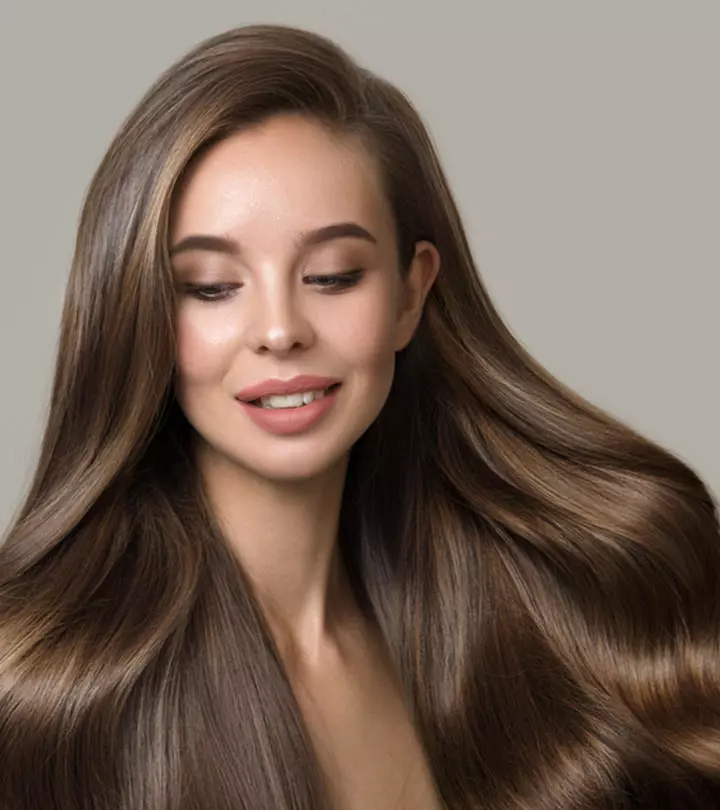
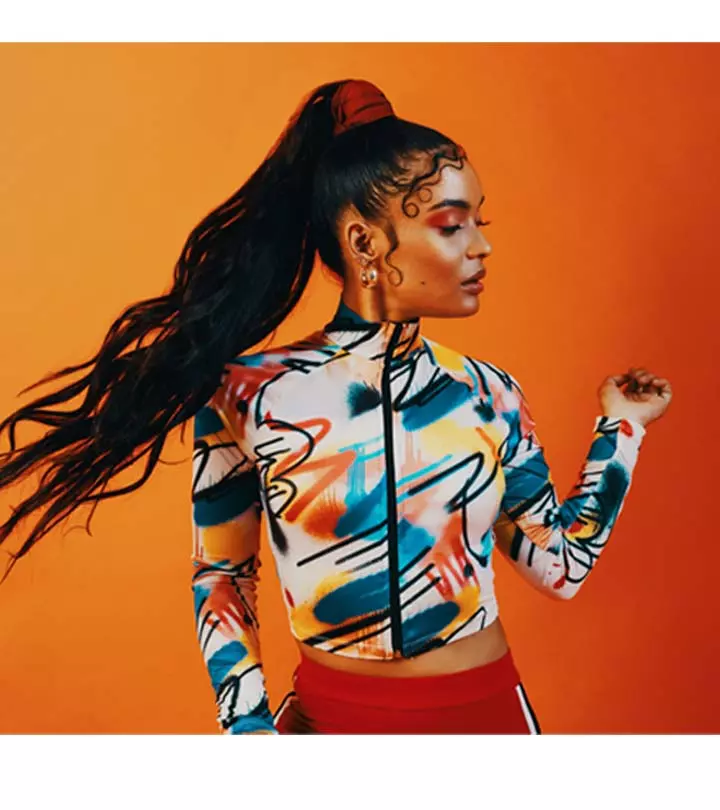

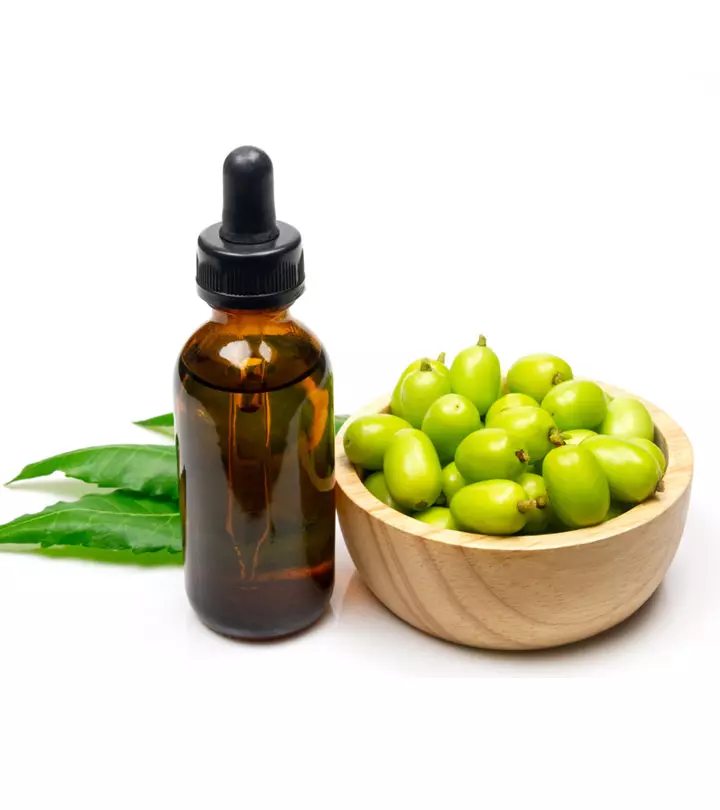
Community Experiences
Join the conversation and become a part of our empowering community! Share your stories, experiences, and insights to connect with other beauty, lifestyle, and health enthusiasts.